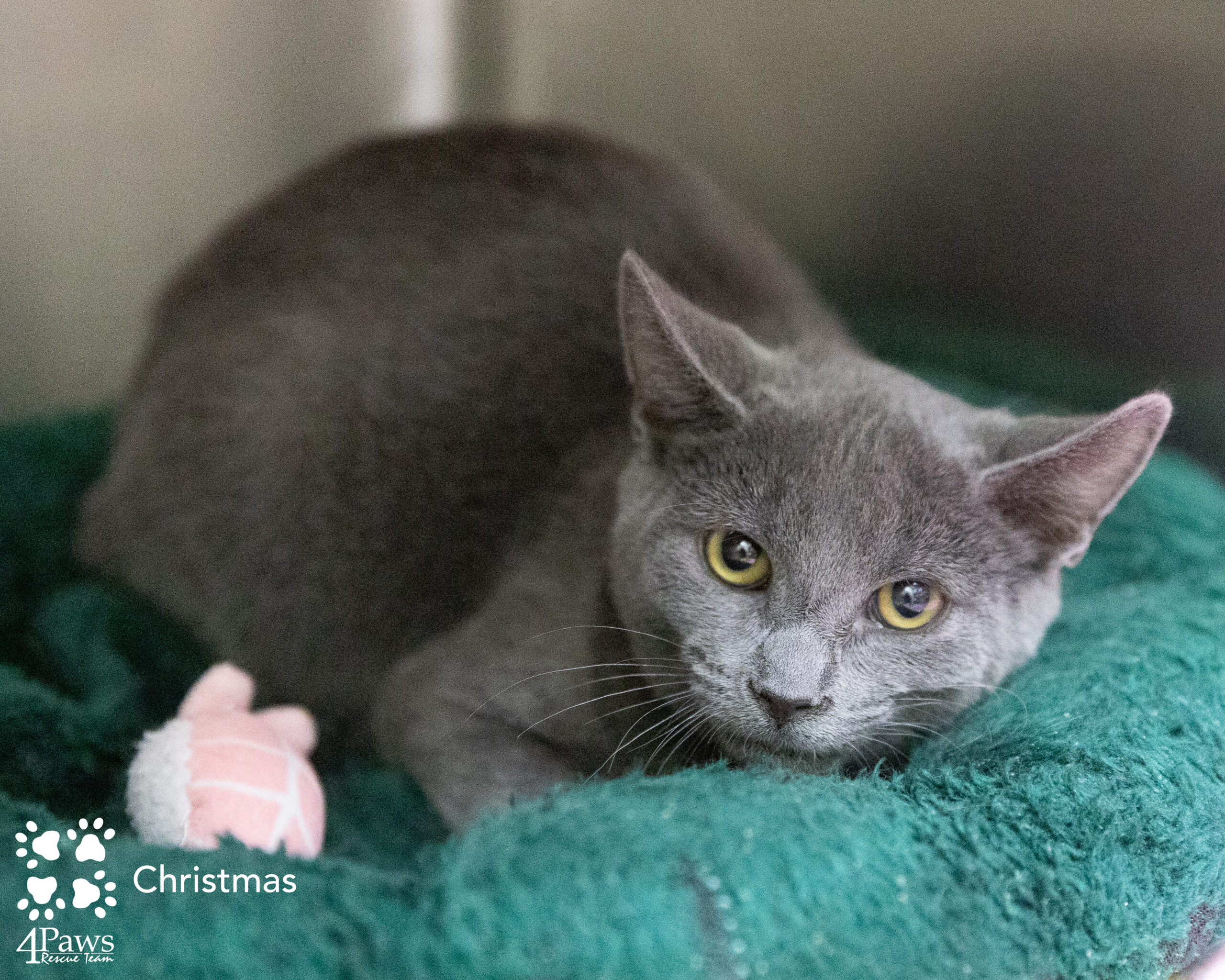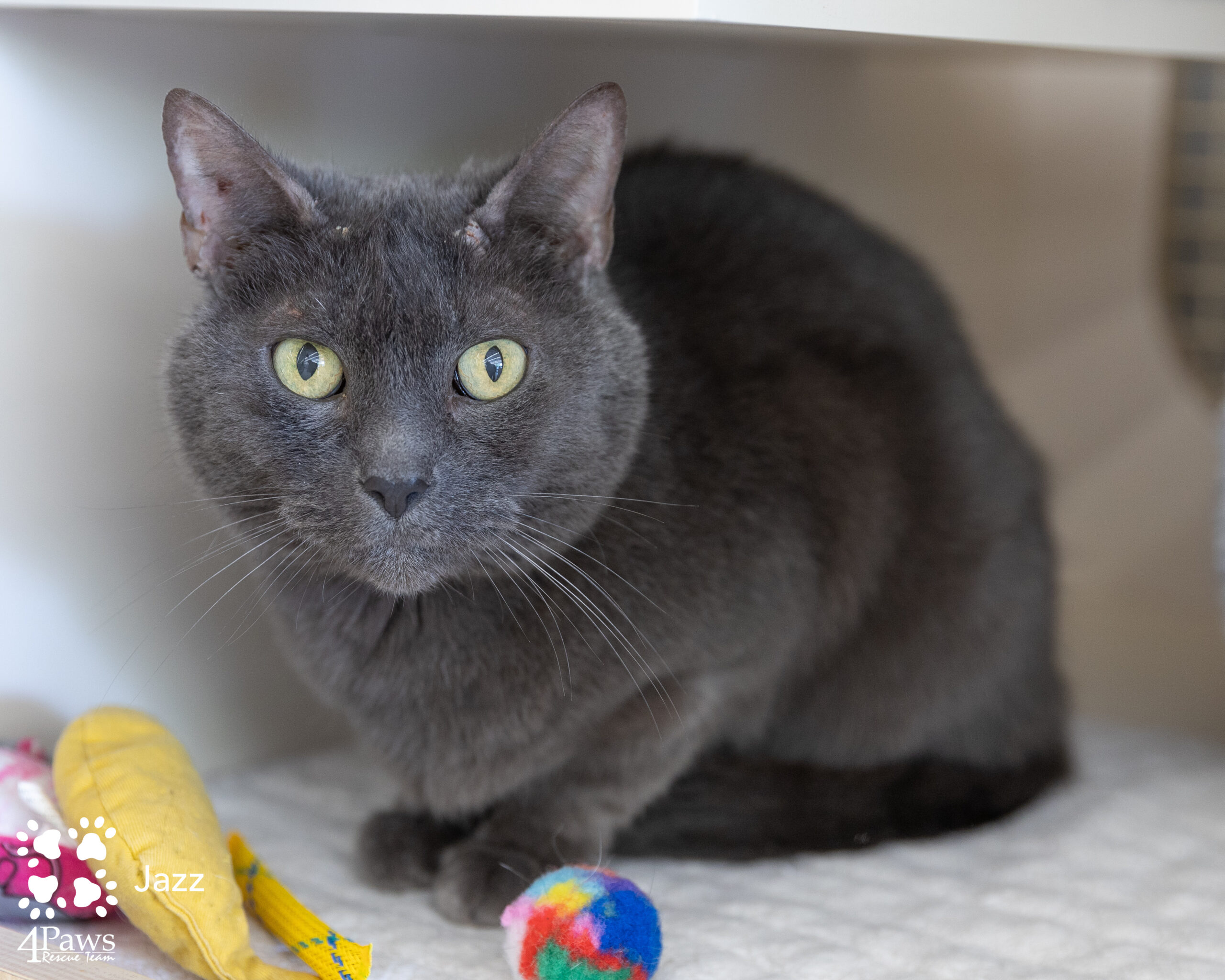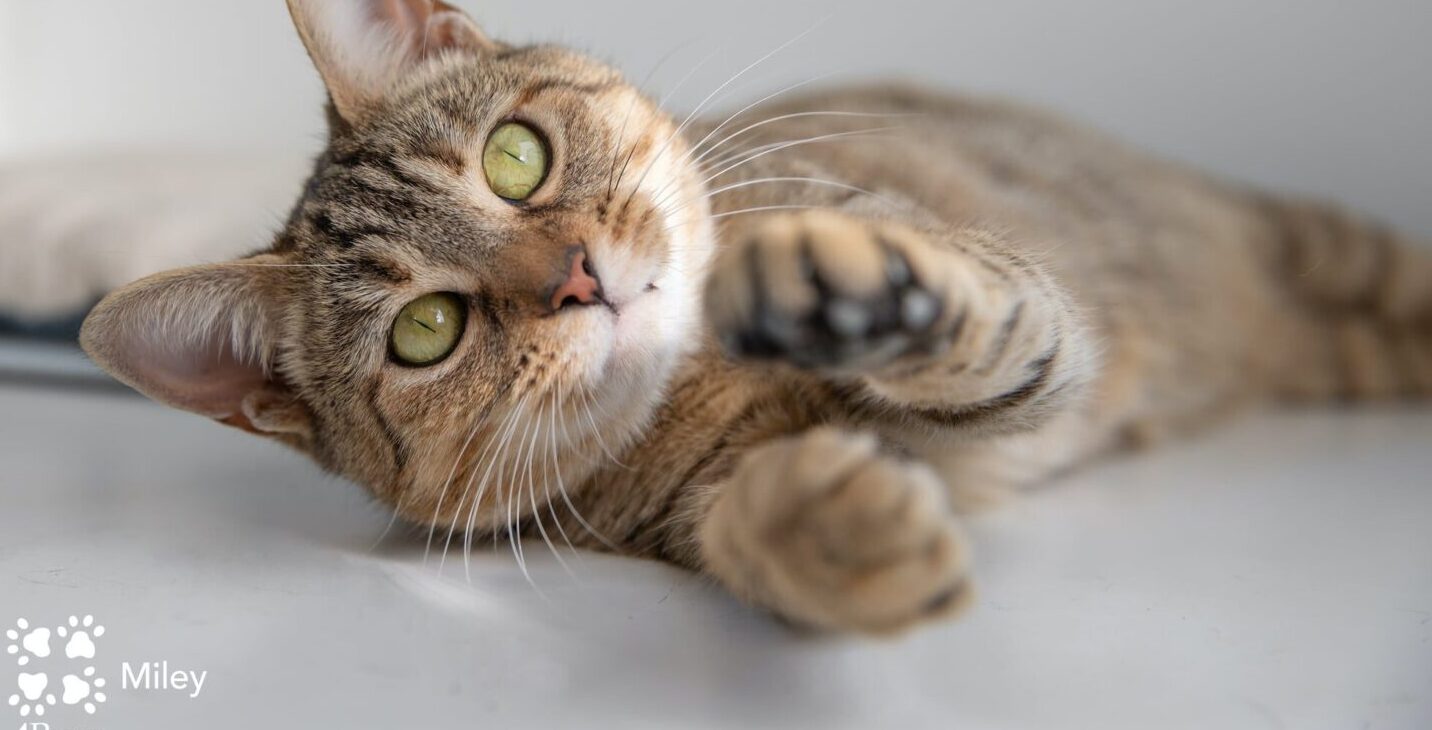Community cats live in our neighborhoods and have no particular home or owner. Many of these cats do, however, have caregivers who provide them with food, water, and shelter during extreme weather. With their caregivers’ assistance, community cats have the support they need to live successfully outdoors. Most of these cats are not social and are therefore not good candidates for adoption.
Providing food and shelter for the cats helps keep them happy and healthy. It also deters cats from foraging in trash cans and setting up homes where they are not wanted. The best community cat caregivers are community members who have cats living in their neighborhoods and who help support the cats’ care!
For community cat caretakers, practicing good neighbor relations is often as easy as following responsible colony care protocols. You can take preemptive steps to help avoid potential questions or concerns altogether—and if you do hear concerns or complaints from neighbors, there are simple solutions available.
Here are five tips to help neighborhood cats and people co-exist peacefully.
1. Provide Proper Vetting: Completing Trap-Neuter-Return (TNR) and vaccination of your entire cat colony, including occasional visitors and newcomers, is the best thing you can do for community relations—and for the cats as well. Once cats are spayed and neutered, some major nuisance behaviors will cease: spraying, fighting, yowling and the seemingly endless supply of new kittens. Vaccinating all the cats will head off concerns that cats might become a rabies threat. And the cats will be healthier after TNR, free from the stresses of mating and childbirth.
2. Keep Feeding Stations Tidy: Responsible feeding practices and keeping feeding stations neat and clean go a long way toward keeping the peace among human and feline neighbors. You’ll want to give the cats enough food but not more than they’ll consume within about half an hour. Leftover food may draw pests and complaints, so remove whatever the cats don’t eat.
Be careful when using disposable plates; once they’re empty they can easily blow around as garbage. Reusable bowls need to be cleaned, but they’re less likely to cause resentment over trash among the neighbors. Such resentment may be directed at the cats or it may result in the caretaker getting ticketed by the health or sanitation department and discouraged from feeding.
Even the tidiest feeding station may attract flies, especially in hot weather and around wet food. You can head off or solve complaints by feeding at sundown, when flies are less active, and removing the empty dishes before the flies start buzzing around the next morning. Cleaning dirty dishes is essential to avoid letting fly eggs and larvae develop at your feeding station.
Wildlife pests are another common cause for complaint around feeding stations, especially in urban areas where many people expect their neighborhoods to be free of wildlife. Overfeeding of cats may attract rodents, raccoons, skunks, opossums, or other wildlife. Because some of these animals come out at night, you may need to remove all uneaten food after dark. Adjust your feeding routine to address the specific wildlife at your feeding site.
There are several managed cat colonies throughout Northern Virginia that need volunteers to feed our community cats once a week. 4Paws is always looking for volunteers to help feed these colonies.
3. Prevent Colony Cat Tressing: Trespassing is one unwanted behavior that TNR does not solve in cats. But there are many safe, humane ways to discourage feral cats from hanging out where they’re not wanted.
Cats using the garden or lawn as a litter box may be the No. 1 complaint of property owners. Examples of cheap, low-tech humane deterrents include:
- Deer netting over raised garden beds
- Plastic forks or bamboo chopsticks staked in soil
- Plastic carpet runners (spiked side up) or specialty mats placed on soil
- Chicken wire under mulch
- Scented organic material such as citrus peels, eucalyptus or filter-brewed coffee grounds (brewing the coffee removes most of the caffeine, which is toxic to cats)
- Depending on the cats you’re dealing with, you may have more or less success with any of these methods, so be prepared to try more than one.
4. Provide Acceptable Litterboxes: Another way to keep cats from using neighborhood gardens as litter boxes is to provide one or more outdoor litter boxes on property that you control or where you have permission to place them.
Put regular litter boxes in a shelter such as a large plastic bin with a large door cut in one side to prevent the litter from being ruined by weather. You could also place sand or peat moss in strategic outdoor areas for the cats to use as litter. Be sure that the litter area is in a quiet, sheltered space; scoop regularly to alleviate odors and keep flies away; and be prepared to scoop more often in hot weather.
5. Make Cat Shelters a Priority: Providing a shelter for cats not only keeps them safe from the elements—it also means they will not have to go looking in neighbors’ crawl spaces, porches or sheds for a warm, dry place to rest.
Many different designs for effective winter cat shelters are available. Some can be made with very little skill and free or cheap materials, and others require basic carpentry skills, tools and more elaborate materials. Ready-made shelters are also available for purchase.
If you’re looking to help us with our community cats you can read more about volunteering here.



